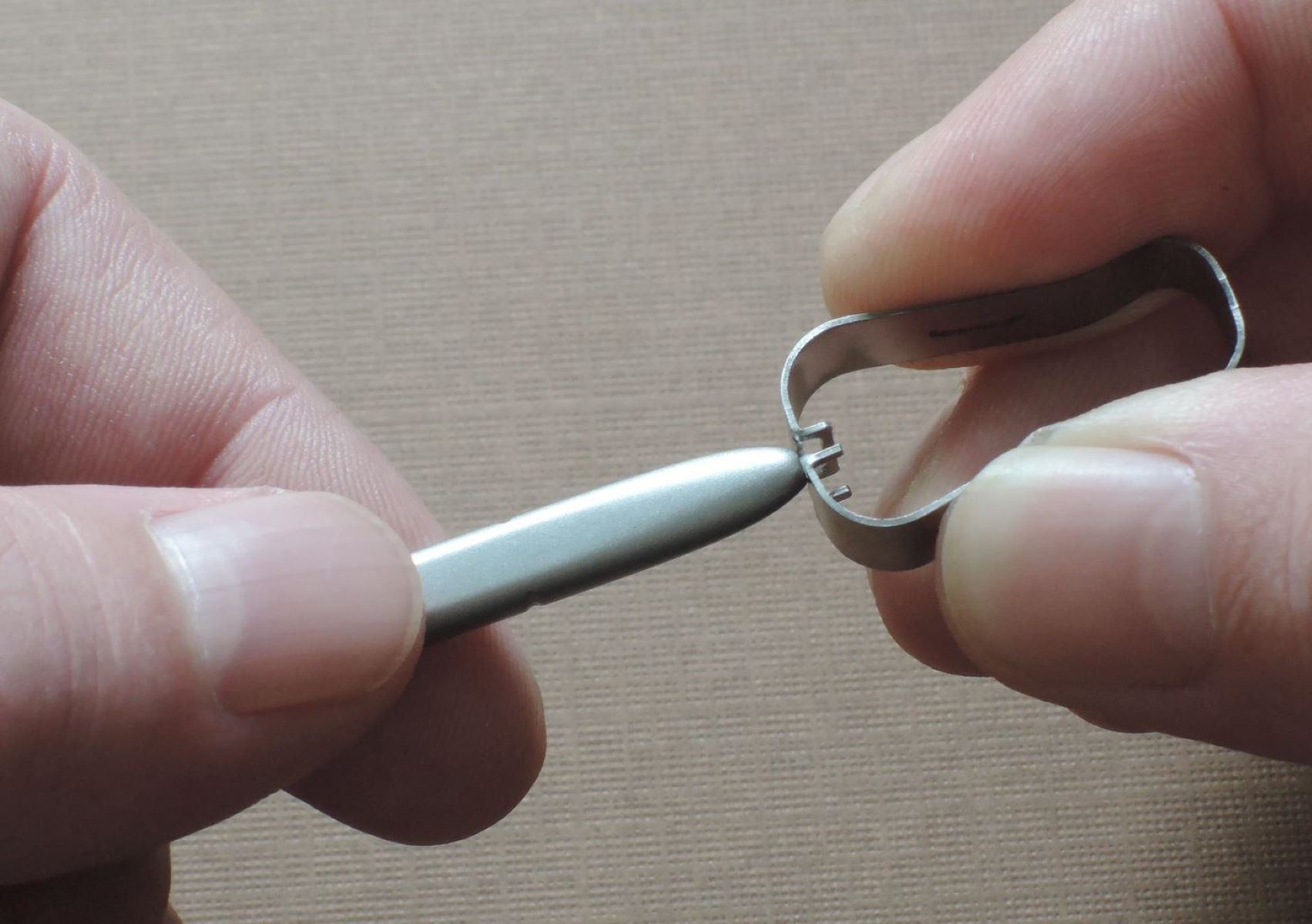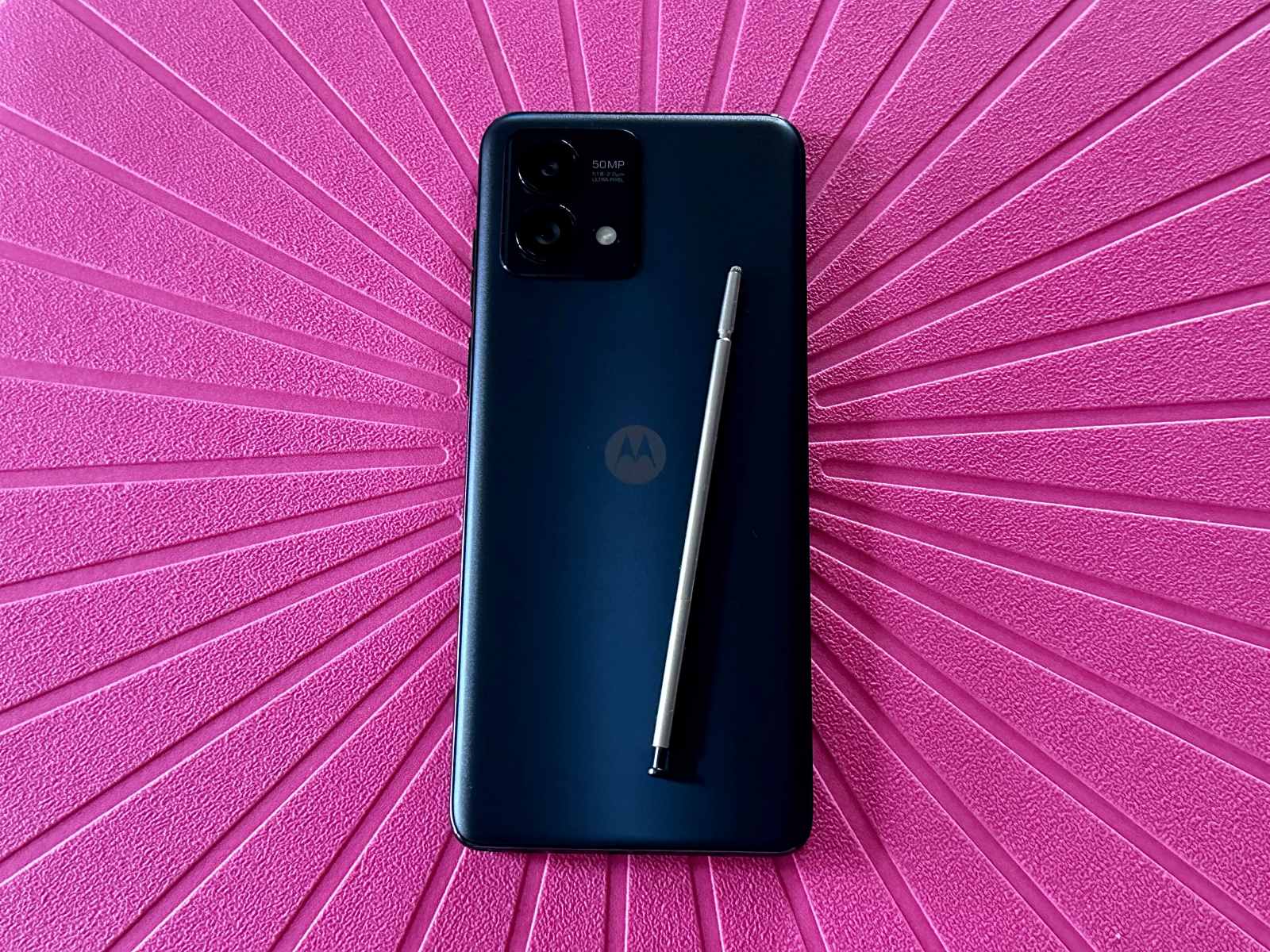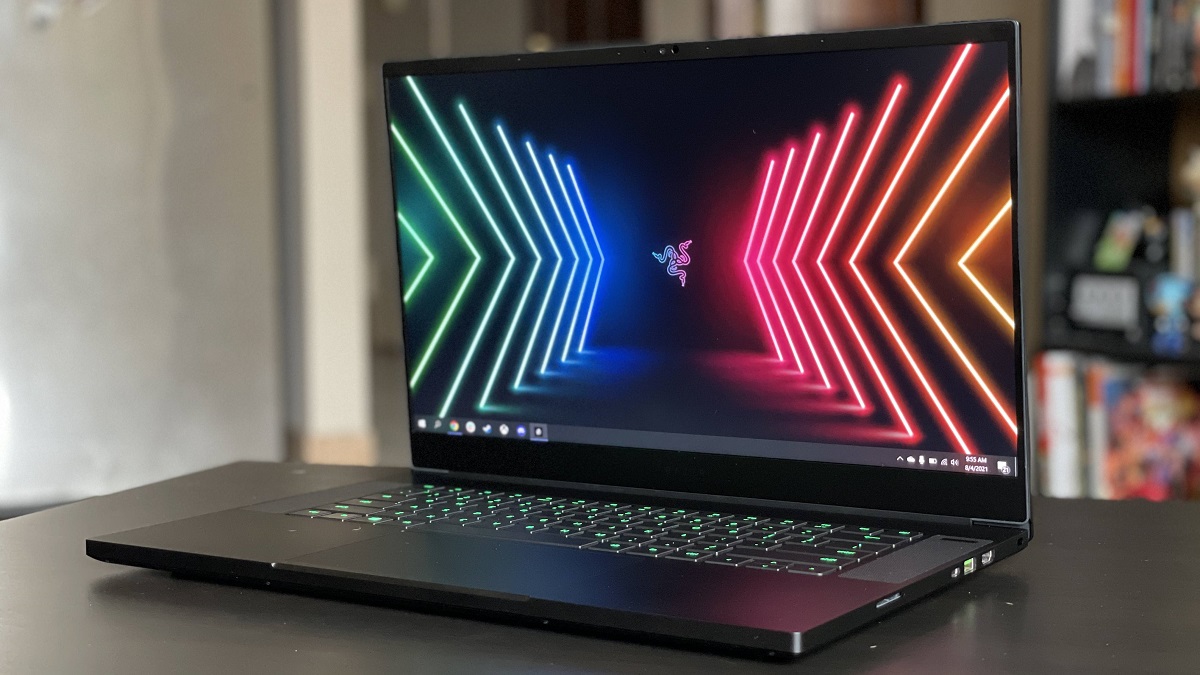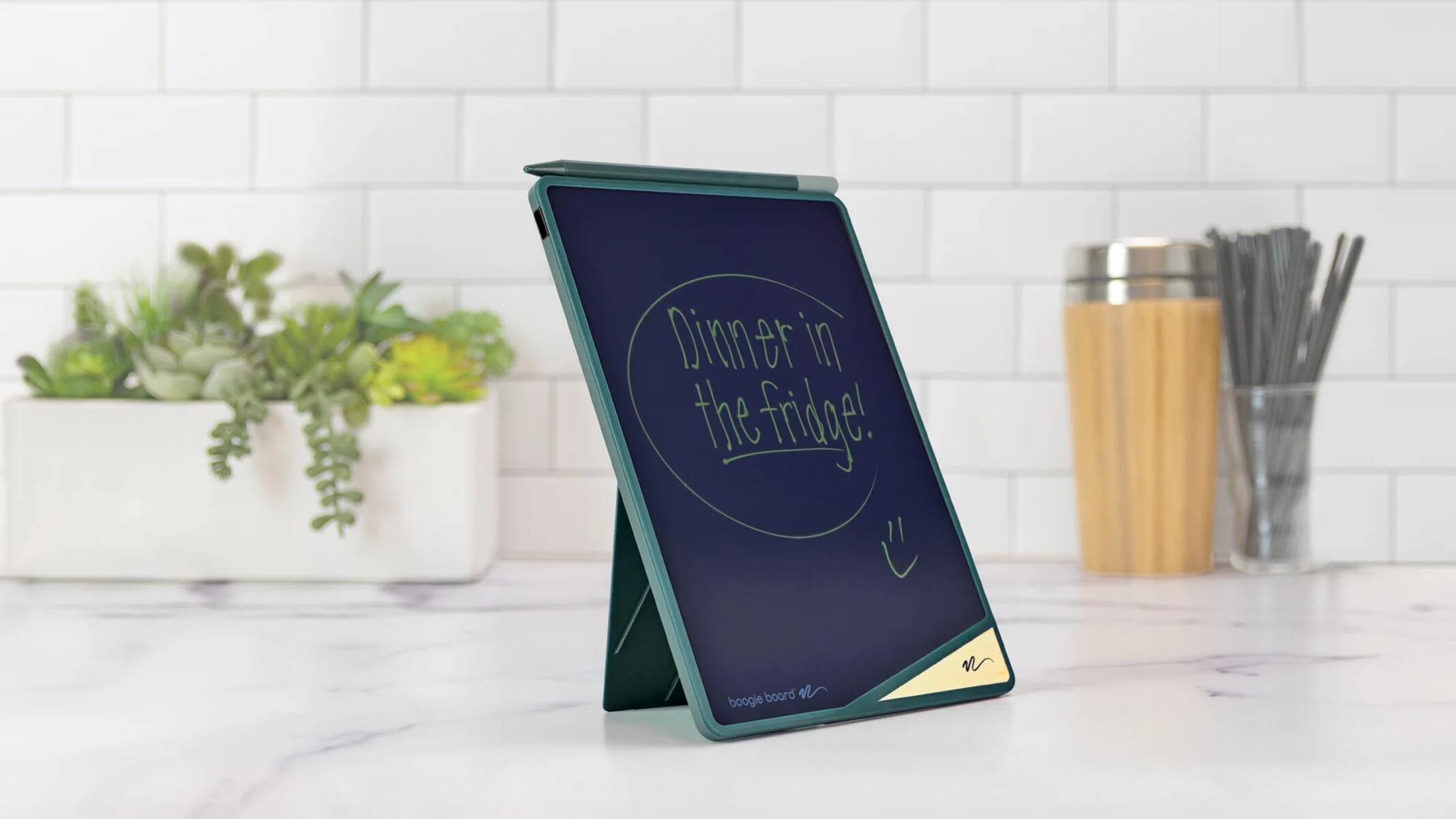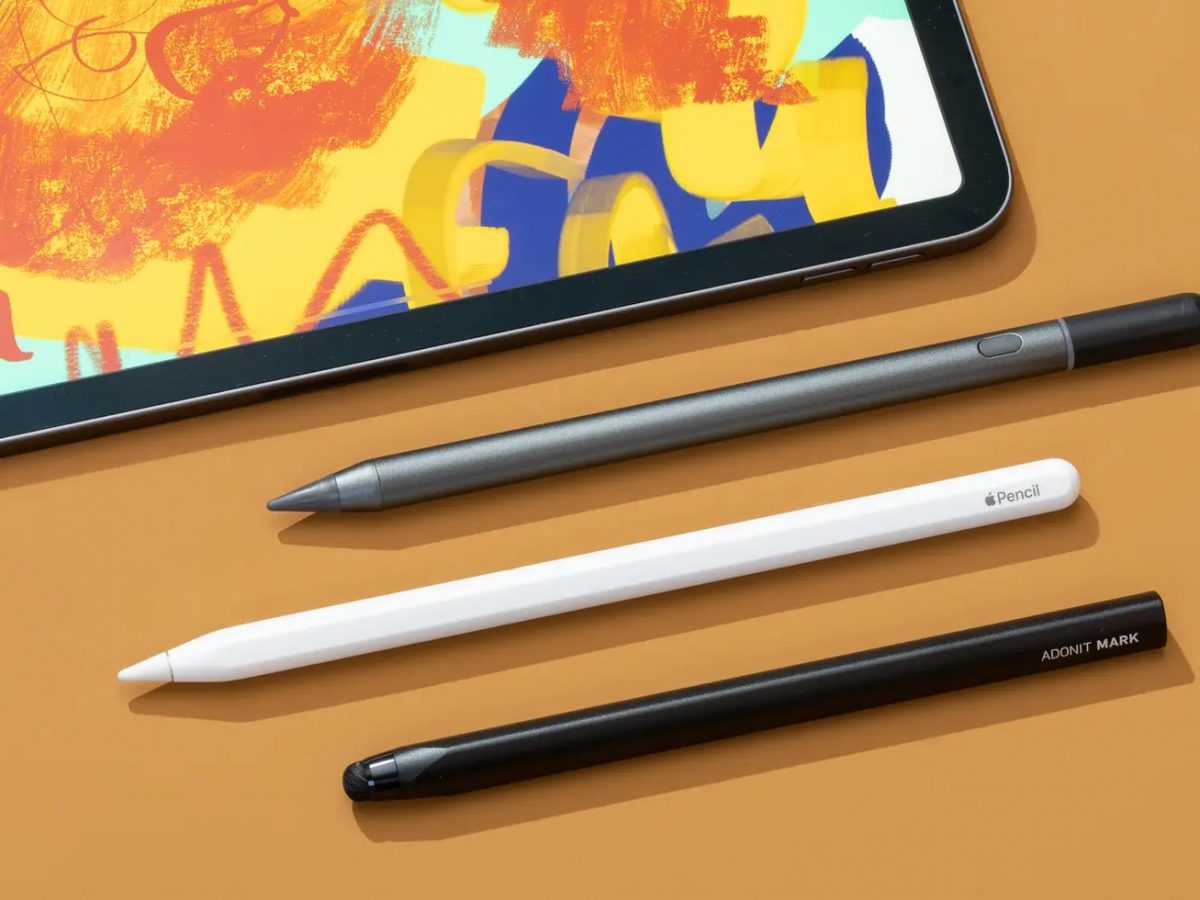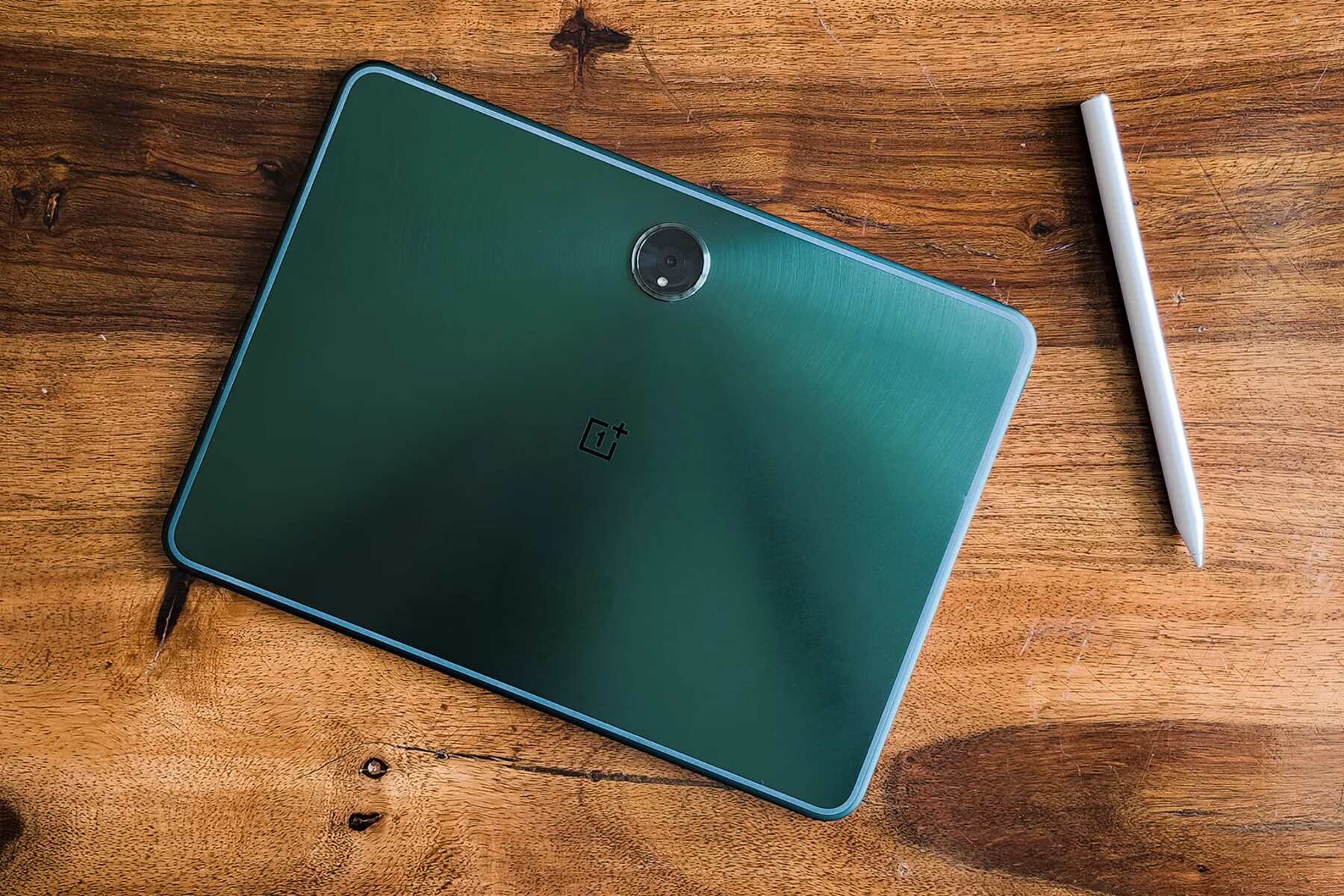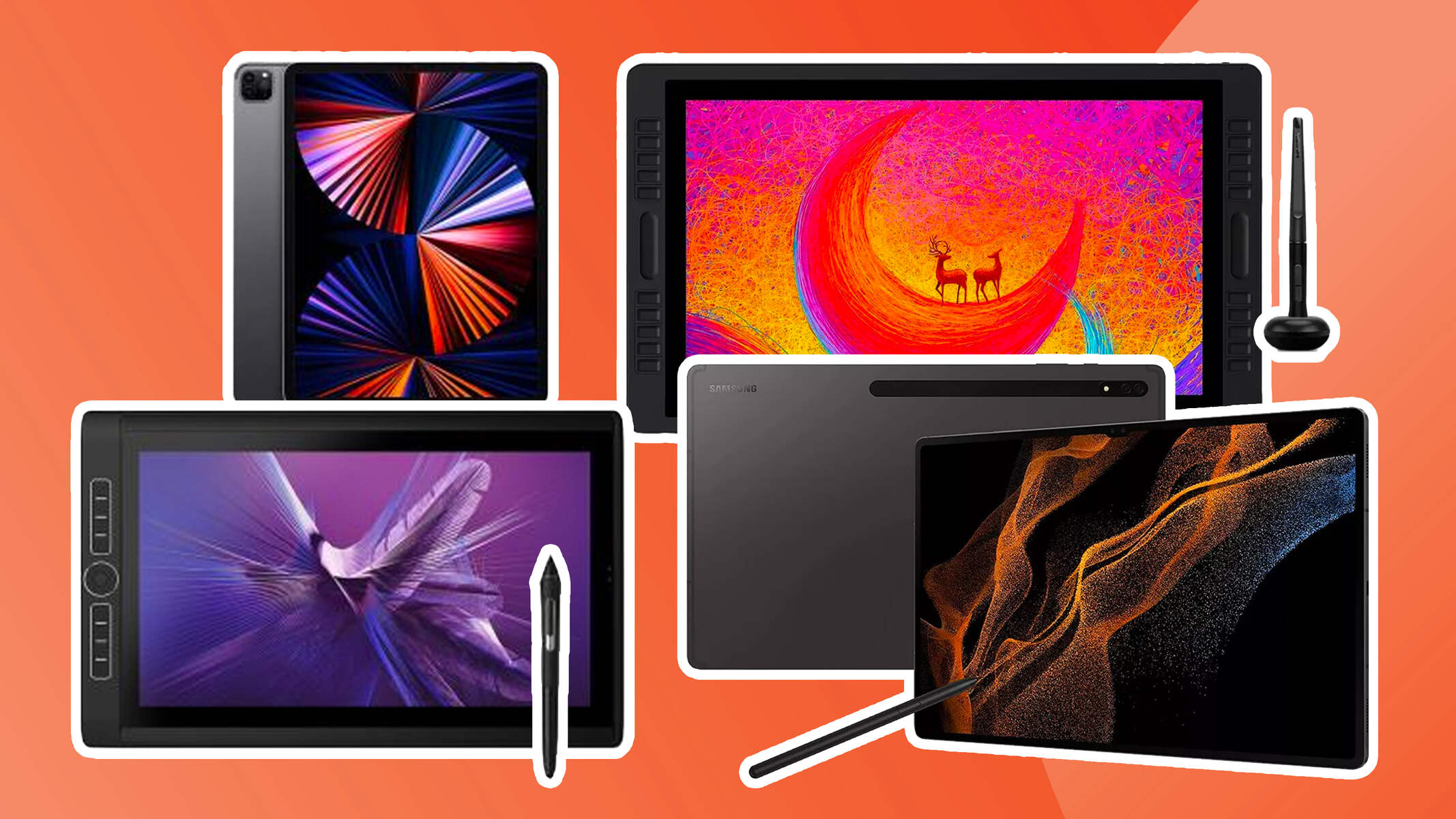Introduction
Are you an avid user of a stylus pen for your tablet or touchscreen device? If so, you might have noticed that the tip of your stylus wears down over time, affecting its precision and responsiveness. Fortunately, replacing the tip of your stylus can breathe new life into your favorite digital tool. In this guide, we'll explore the process of replacing your stylus tip, including the various types of tips available and essential tips for choosing the right replacement.
Whether you're an artist, note-taker, or simply someone who enjoys the convenience of a stylus, maintaining a functional and reliable tip is crucial for optimal performance. By understanding the importance of stylus tip replacement and learning the necessary steps to do so, you can ensure that your stylus continues to meet your needs and expectations.
Throughout this article, we'll delve into the reasons why replacing your stylus tip is essential, the different types of tips available on the market, and a step-by-step guide on how to replace the tip of your stylus. Additionally, we'll provide valuable tips for selecting the right replacement tip to enhance your overall user experience.
So, if you're ready to breathe new life into your stylus and regain its precision and accuracy, join us as we explore the world of stylus tip replacement and equip you with the knowledge and confidence to keep your digital creativity flowing.
Why Replace Your Stylus Tip
Over time, the tip of a stylus pen undergoes wear and tear, leading to diminished performance and usability. Understanding the reasons behind stylus tip replacement is crucial for maintaining an optimal digital experience.
1. Precision and Responsiveness: The tip of a stylus directly impacts its precision and responsiveness. As the tip wears down, you may notice a decrease in accuracy and control, making detailed tasks such as sketching, writing, or navigating small UI elements more challenging. By replacing the tip, you can restore the stylus’s ability to register precise movements and pressure sensitivity, resulting in a more natural and fluid interaction with your device.
2. Durability and Longevity: A worn-out stylus tip is prone to damage and may cause scratches on your device’s screen. By replacing the tip in a timely manner, you can prevent potential damage to the screen and ensure that the stylus maintains its smooth gliding motion without causing any abrasions.
3. Enhanced User Experience: A fresh stylus tip can significantly enhance the overall user experience by providing a consistent and reliable input method. Whether you’re an artist seeking precise brush strokes, a student taking digital notes, or a professional using design software, a well-maintained stylus tip is essential for a seamless and enjoyable creative process.
4. Compatibility with Screen Protectors: If you use a screen protector on your device, a worn-out tip can create friction and resistance, leading to an inconsistent and frustrating user experience. By replacing the tip with a compatible option, you can ensure smooth interaction with the screen while preserving the integrity of your screen protector.
5. Maintenance of Device Value: Regular maintenance, including stylus tip replacement, helps preserve the value and functionality of your digital devices. By taking care of the stylus and ensuring that it operates optimally, you contribute to the longevity and performance of your investment.
By recognizing the importance of replacing your stylus tip, you can proactively address performance issues and maintain a high standard of usability and precision. Now that we understand the significance of stylus tip replacement, let’s explore the different types of tips available on the market and how to select the right replacement for your specific needs.
Types of Stylus Tips
Stylus tips come in various materials and designs, each offering unique characteristics that cater to different user preferences and device requirements. Understanding the available options will help you make an informed decision when selecting a replacement tip for your stylus.
- Rubber Tips: Commonly found on entry-level styluses, rubber tips provide a smooth and frictionless interaction with touchscreen devices. They offer a good balance between precision and durability, making them suitable for general use and note-taking.
- Mesh Tips: Constructed from a fine mesh material, these tips offer a more natural and paper-like feel when used on a touchscreen. They are favored by digital artists and note-takers for their superior control and responsiveness, especially when creating detailed illustrations or writing with varying pressure.
- Plastic Disc Tips: Featuring a clear plastic disc at the tip, these stylus tips provide excellent visibility when drawing or writing, allowing users to see the exact point of contact on the screen. They are ideal for precise tasks that require visibility and accuracy, such as technical drawing and graphic design.
- Fiber Tips: Made from fine fibers, these tips offer a smooth and consistent glide on the screen, making them suitable for users who prioritize fluid and effortless interaction. They are known for their durability and compatibility with screen protectors, ensuring a scratch-free experience.
- Hybrid Tips: Combining the benefits of different materials, hybrid tips offer a versatile and adaptable stylus experience. They may feature a combination of rubber, mesh, or fiber elements, providing users with a customizable and multifunctional tip for various creative tasks.
When selecting a replacement stylus tip, consider your specific usage scenarios and preferences to determine the most suitable option. Whether you prioritize precision, durability, visibility, or a natural writing feel, there’s a stylus tip designed to meet your needs.
Now that we’ve explored the diverse range of stylus tips available, let’s move on to the essential steps for replacing the tip of your stylus, ensuring a seamless and hassle-free process.
How to Replace Your Stylus Tip
Replacing the tip of your stylus is a straightforward process that varies slightly depending on the stylus model and tip design. Here’s a general guide to help you navigate the replacement process with ease:
- Identify the Compatible Tip: Before purchasing a replacement tip, ensure that it is compatible with your specific stylus model. Many manufacturers offer replacement tips designed for their stylus pens, providing a seamless fit and optimal performance.
- Remove the Old Tip: If your stylus tip is detachable, gently unscrew or pull it from the stylus body. Take care to avoid applying excessive force, as this may damage the stylus or the internal mechanism.
- Insert the New Tip: Align the new tip with the stylus body and gently press or screw it into place, depending on the design. Ensure that the tip is securely attached to the stylus to prevent any wobbling or instability during use.
- Test for Stability: After replacing the tip, test the stylus on your device to ensure that it registers input accurately and maintains stability during use. Verify that the new tip provides the desired level of precision and responsiveness.
- Follow Manufacturer’s Guidelines: Some stylus models may have specific instructions or precautions for tip replacement. Refer to the manufacturer’s guidelines or user manual for any model-specific recommendations to ensure proper installation.
By following these steps, you can seamlessly replace the tip of your stylus, restoring its performance and usability for a wide range of creative and productivity tasks.
Now that you’re equipped with the knowledge of replacing your stylus tip, let’s delve into essential tips for choosing the right replacement tip to enhance your overall user experience.
Tips for Choosing the Right Replacement Tip
When selecting a replacement tip for your stylus, several factors should be considered to ensure that the new tip aligns with your specific needs and preferences. Here are essential tips to guide you in choosing the right replacement tip:
- Consider Your Usage: Assess how you primarily use your stylus. If you engage in detailed digital artwork, a tip that offers precise control and a natural drawing feel, such as a mesh or fiber tip, may be ideal. For general navigation and note-taking, a smooth rubber tip may suffice.
- Compatibility with Screen: Ensure that the replacement tip is compatible with your device’s screen. Some tips are designed to work optimally with certain screen types, offering enhanced responsiveness and reduced friction, while others are more versatile and can accommodate various screen surfaces.
- Visibility and Precision: If visibility and pinpoint accuracy are crucial for your tasks, consider a tip with a clear plastic disc that allows you to see the exact point of contact on the screen. This feature is beneficial for technical drawing, precise annotations, and graphic design work.
- Durability and Longevity: Assess the durability of the replacement tip, especially if you frequently use your stylus for extended periods. Tips made from high-quality materials, such as reinforced fibers or durable mesh, offer longevity and consistent performance, reducing the frequency of replacements.
- Screen Protector Compatibility: If you use a screen protector on your device, opt for a replacement tip that is compatible with screen protectors. This ensures a smooth and scratch-free interaction with the screen, preserving the integrity of your device’s display.
- Customization Options: Some stylus tips offer customization options, allowing users to interchange different tip designs for specific tasks. If versatility and adaptability are important to you, consider a replacement tip that offers interchangeable elements or hybrid designs.
By considering these tips, you can make an informed decision when choosing a replacement tip for your stylus, ensuring that it complements your workflow and enhances your overall digital experience.
Armed with the knowledge of selecting the right replacement tip, you can confidently embark on the journey of revitalizing your stylus and optimizing its performance to suit your creative and professional endeavors.







